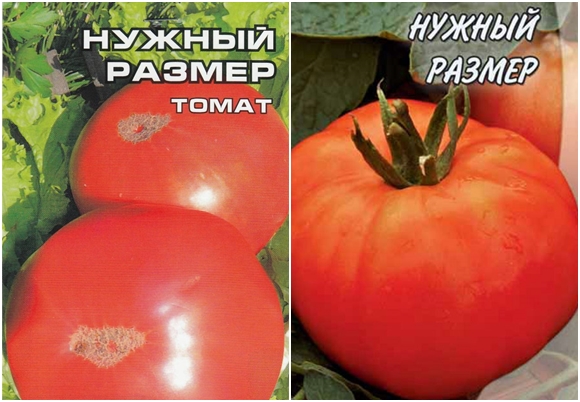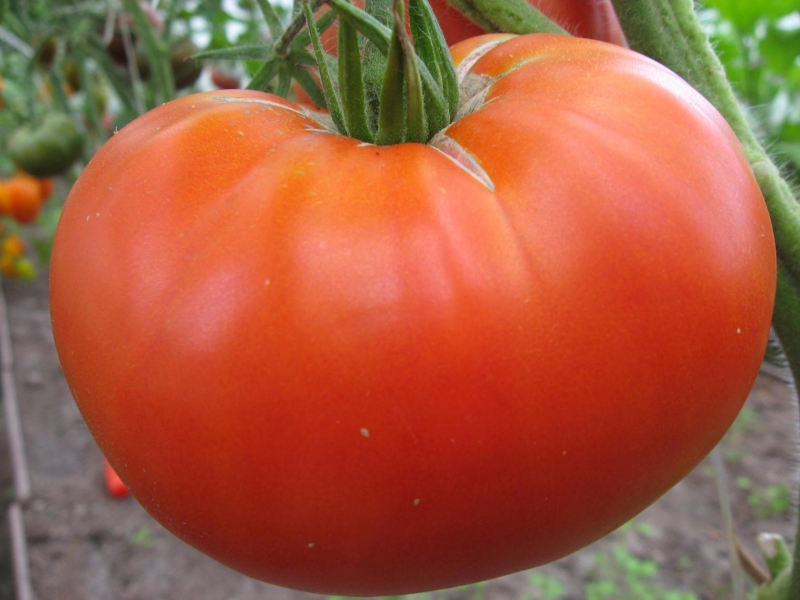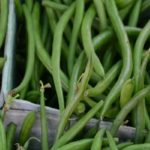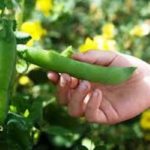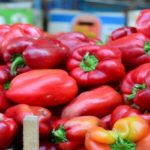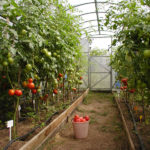With the onset of spring, many gardeners are puzzled by the issue of choosing a tomato variety. For example, a hybrid tomato of the right size could be an excellent option. This variety has many positive reviews from those who grew it. And also a large number of advantages compared to other varieties.
Description of the tomato “The right size”
Currently, breeders have developed a huge number of types of tomatoes. Sometimes it can be very difficult to choose the most suitable variety that will produce a good harvest, so it is advisable to study the characteristics and descriptions of the varieties in advance.
The variety “Required size F1” refers to tomatoes with an average harvest ripening period. The period from the appearance of the first shoots to harvest, as a rule, ranges from 105 to 120 days. This species is suitable for cultivation in the south of Russia. In the northern regions of the country, such as Siberia and the Far East, the variety can only be grown in greenhouses.
The tomato bush of the “Required size F1” variety belongs to the indeterminate type and reaches a height of up to 165-180 cm when grown in open ground. In greenhouse conditions, shrubs can reach two meters in height.
It is important to take into account that the stems of the plant must be tied up as they grow.
The bushes of the plant are covered with a large number of dark green leaves. The inflorescence is simple, loose. The main advantage of this species is that it is practically not susceptible to various diseases. Tolerates temperature changes well.
Characteristic
The birthplace of the “Required size F1” species is the Russian Federation. This variety is a hybrid.
Main characteristics of the plant:
- Ripe fruits are round in shape, there is a slight depression in the stalk area, as well as slight ribbing.
- In open ground, the weight of tomatoes can reach up to 550 grams; when grown in a greenhouse, up to 900 grams.
- Under ideal growing conditions, the weight of the fruit can reach 1 kg.
- Ripe tomatoes are reddish-pink in color.
- They are distinguished by the fleshy density of the fruits, very aromatic, sweet, with a small number of seeds inside.
- The skin is dense and smooth to the touch.
- From one bush you can collect from 4 to 5 kg of ripe vegetables.
- From 2 to 5 tomatoes can ripen on one bunch.
- The fruits are perfect not only for eating ripe fruits fresh, but also for preparing various salads, lecho, sauces, juices and marinades.
- It is advisable to plant no more than three bushes per 1 square meter. m. soil.
- After sowing the seeds, the first shoots appear on the 10-15th day.
- It is advisable to form shrubs with 1 – 2 stems.
- The harvest period begins in July and ends in September.
- Perfectly retains all its qualities when transporting fruits.
Advantages and disadvantages
Like any variety, the “Required Size F1” tomato has its advantages and disadvantages.
Advantages:
- High resistance to most diseases (especially for diseases such as tobacco mosaic, cladosporiosis and fusarium);
- Resistance to temperature changes;
- You can get a good harvest by growing bushes in a greenhouse;
- Taste of fruits;
- Ripe tomatoes are large in size;
- They tolerate transportation well;
- The plant can produce ovaries even in unfavorable weather.
Flaws:
- It is necessary to tie up shrubs as they grow;
- Since the variety is a hybrid, when collecting seeds it will not be possible to grow seedlings from them.
- Demanding requirements for the stepsoning procedure.
Specifics of cultivation
No special effort is required to grow a good harvest. But, despite this, in order to increase the amount of harvest, it is advisable to adhere to simple rules.
- Before planting seedlings in open ground, the soil must be prepared. To do this, it needs to be treated with copper sulfate and fertilized for the growth of vegetable crops.
- The soil needs to be dug up so that it is saturated with oxygen, small holes must be made and filled with water.
- Before planting, seedlings need to be watered abundantly so that the roots are not injured when removing seedlings from the container.
- Plant the seedlings in the ground and compact them with soil.
- Water generously.
Periodically, you need to weed the soil around the stems and inspect the leaves in order to detect signs of the spread of diseases in time. The manufacturer recommends planting seedlings on fertile, light soils with neutral acidity.

